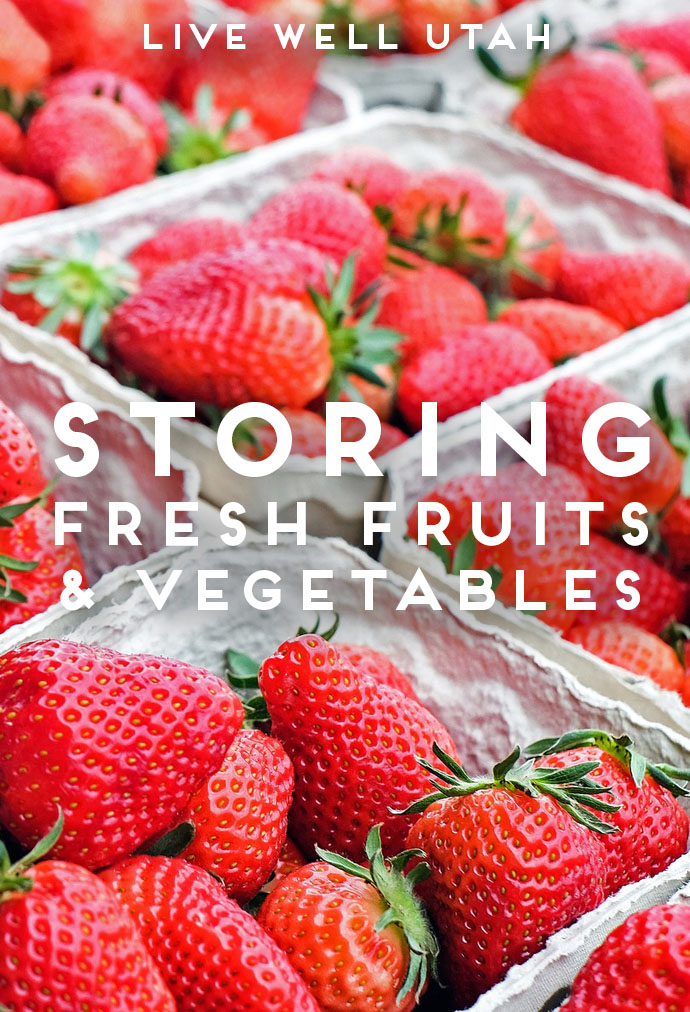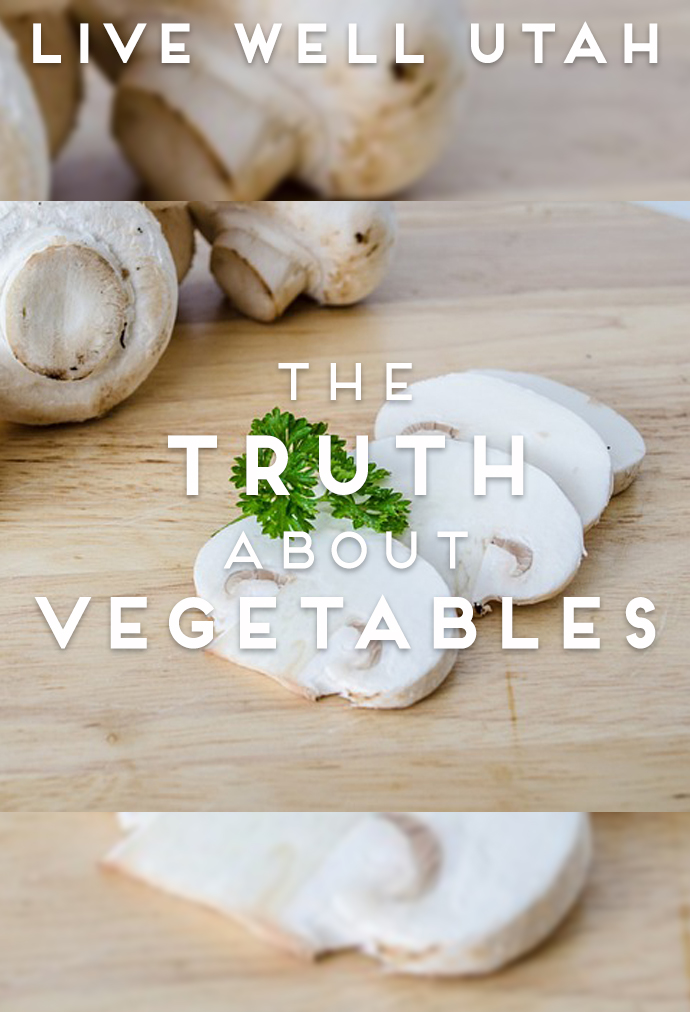
It’s not too late to enjoy fresh farm food and artisan goodies! To help you find a market near you, we have compiled a list of farmers markets around the whole state of Utah.
Farm Fresh Finds
Did you know it’s National Farmers Market Week??
This national week calls for some local celebration. To join the party, find the market nearest you and stop by and visit the next time it’s up and running. It’s never too late to enjoy fresh and delicious finds since most markets run through late fall!
9th West Farmers Market
Sundays, 10 am – 2 pm
Runs through October, International Peace Gardens, 1060 S. 900 West, Salt Lake City http://9thwestfarmersmarket.org.
Bountiful Farmers Market
Thursdays, 3 pm – dusk (or 8 pm)
Runs through October 29, 100 S. 100 East, Bountiful
www.bountifulmainstreet.com.
Cache Valley Farmers Market
Saturdays, 9 am – 1 pm
Runs through October 17, Logan Historic Courthouse, 199 N. Main, Logan
www.gardenersmarket.org.
Downtown Farmers Market
Sundays, 8 am – 2 pm
Runs through October 24, Pioneer Park, 350 S. 300 West, Salt Lake City www.slcfarmersmarket.org.
Downtown Harvest Market
Tuesday evenings, 4 pm – 9 pm
August 4 through October 20, Pioneer Park, 350 S. 300 West, Salt Lake City www.slcfarmersmarket.org.
Downtown Ogden Farmers Market
Saturdays 8 am – 1 pm
Runs through September 26, Ogden Historic 25th Street, Ogden
www.ogdenfarmersmarket.com.
Gardner Village Farmers Market
Saturdays, 9 am – 1 pm
Runs through October 31, 1100 W. 7800 South, West Jordan
www.wasatchfrontfarmersmarket.org.
Heber Valley Farmers Market
Thursdays, 4 pm – 9 pm
Runs through August 27, Main Street Park, 250 S. Main St., Heber City. Additional parking at the Heber City Police Station, 301 S. Main St. www.ci.heber.ut.us/community/events/farmersmarket.
Kaysville — USU Botanical Center Farmers Market
Thursdays, 5 pm – 8 pm
Runs through September 24, Utah State University Botanical Center, 920 S. 50 West, Kaysville www.usubotanicalcenter.org/htm/farmers-market.
LaVell Edwards Stadium Farmers Market
Thursdays, 3 pm – 7 pm
Runs through October 29, LaVell Edwards Stadium, Brigham Young University campus, Provo
http://dining.byu.edu/farmers_market.html.
Long Valley Farmers Market
Saturdays, 9 am – Noon
Runs through October 31, Kane County North Event Center, 475 N. State St., Orderville www.facebook.com/pages/Long-Valley-Farmers-Market/1397811127154513.
Mapleton Farmers Market
Saturdays 8 am – 11 am
Runs through September 26, Mapleton City Center, 125 E. 400 North, Mapleton www.mapletonmarket.org.
Murray Farmers Market
Fridays and Saturdays, 9 am – 2 pm
Runs through October 31, Murray City Park, 200 E. 5200 South, Murray
www.murray.utah.gov.
Park City Farmers Market
Wednesdays, Noon – 6 pm
Runs through October 28, The Canyons, 4000 The Canyons Resort Drive, Park City
www.parkcityfarmersmarket.com.
Park Silly Sunday Market
Sundays, 10 am – 5 pm
Runs through September 20, 900 to 200 Main St., Park City
www.parksillysundaymarket.com.
Provo Farmers Market
Saturdays 9 am – 2 pm
Runs through October 31, Pioneer Park, 500 W. Center St., Provo
www.provofarmersmarket.org.
Rockhill Creamery Farmers Market
Saturdays, 10 am – 1 pm
Runs through October 17, Rockhill Farm, 563 S. State St., Richmond
www.rockhillcheese.com.
St. George Farmers Market
Saturdays, 8 am – 12 pm
Runs through Oct. 31, Courtyard at Ancestor Square, Main Street and St. George Blvd., St. George
www.farmersmarketdowntown.com.
South Jordan Farmers Market
Saturdays, 8 am – 2 pm
August 1 through October 31, South Jordan City Hall, 1600 W. Towne Center Drive, South Jordan
www.southjordanfarmersmarket.com.
Sugar House Farmers Market
Fridays, 4 pm – 8 pm
July 10 through October 16, 2232 S. Highland Drive, Salt Lake City
www.sugarhousefarmersmarket.com
Thanksgiving Point Farmers Market
Saturdays, 10 am – 2 p.m.
Runs through September 19, 3003 N. Thanksgiving Way, Lehi
www.wasatchfrontfarmersmarket.org.
Wasatch Front Farmers Market
Sundays, 9 am – 2 pm
June 7 through October 26, 6351 S. 900 East, Salt Lake City
www.wasatchfrontfarmersmarket.org.
Wayne County Farmers Market
Saturdays, 4 pm
Runs through October, Center and Main streets, Torrey www.facebook.com/WayneCountyFarmersMarket.
Zion Canyon Farmers Market
Saturdays 9 am – 12 pm
Runs through Oct. 17, Bit & Spur Restaurant, 1212 Zion Park Blvd., Zion Canyon www.zionharvest.org/_includes/ZFM.htm.
 Have you been to a farmers market yet this year? Whether it’s from a farmers market or a grocery store, don’t let that fresh produce spoil on your counter. Here are some tips on how to store fruits and vegetables so they last longer.
Have you been to a farmers market yet this year? Whether it’s from a farmers market or a grocery store, don’t let that fresh produce spoil on your counter. Here are some tips on how to store fruits and vegetables so they last longer. 
 How do you like your vegetables? If you’re looking for some delicious ways to get your family to eat more fruits and veggies, look no further! We’ve got ten tips to help you pump up the flavor of your fresh produce.
How do you like your vegetables? If you’re looking for some delicious ways to get your family to eat more fruits and veggies, look no further! We’ve got ten tips to help you pump up the flavor of your fresh produce. How do you balance eating healthy with your grocery budget? We’ve got ten tips to help you eat more fresh fruits and vegetables without breaking the bank.
How do you balance eating healthy with your grocery budget? We’ve got ten tips to help you eat more fresh fruits and vegetables without breaking the bank.

